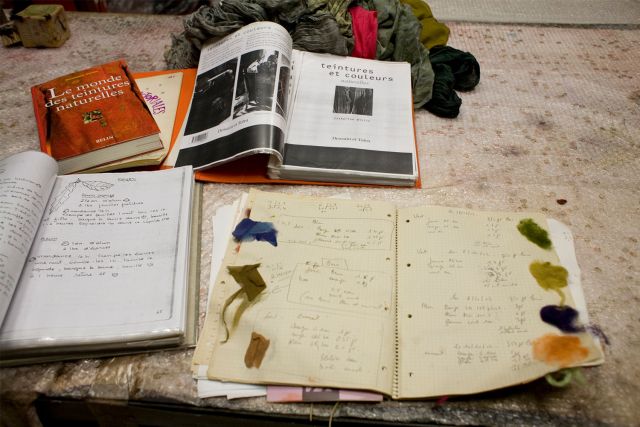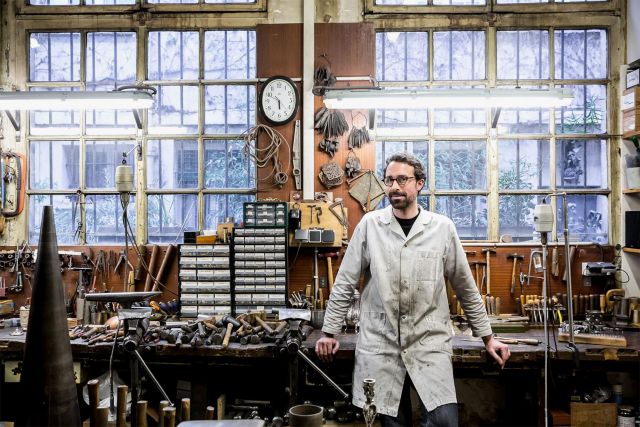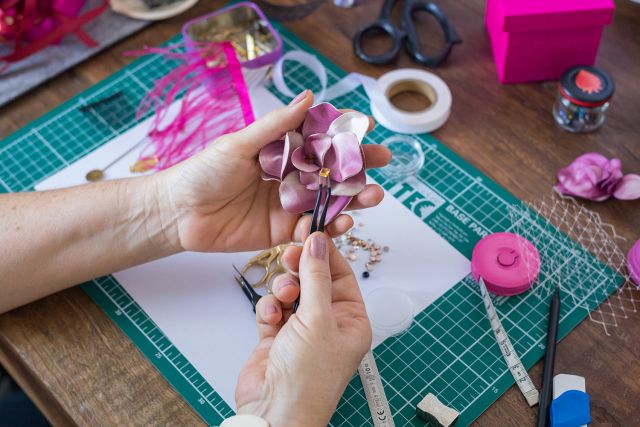This upholstered screen in a natural shade is composed of three panels. Made from wood, the structure has been entirely covered with fabric: a vintage linen and hemp cloth, naturally hand-dyed using madder, sorghum and chestnut.
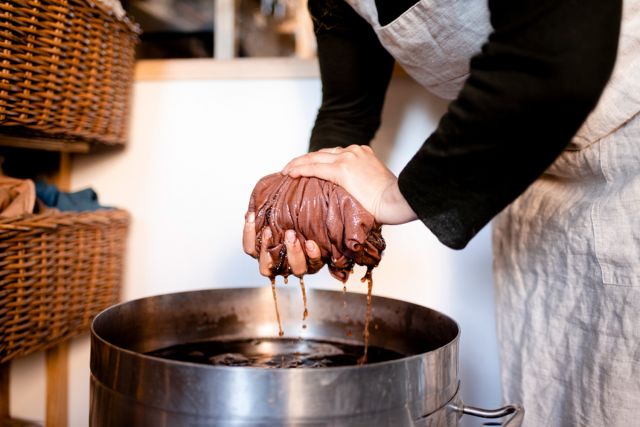
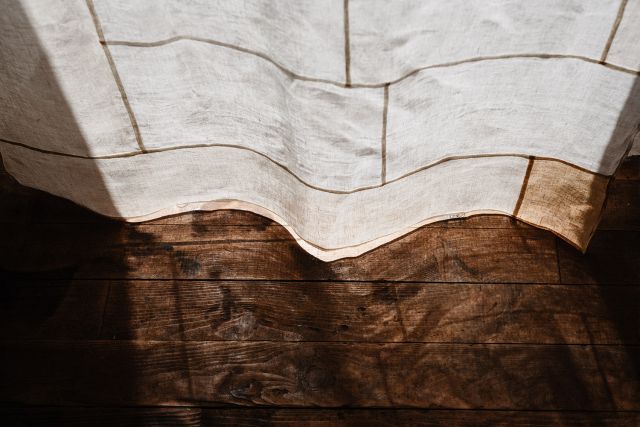
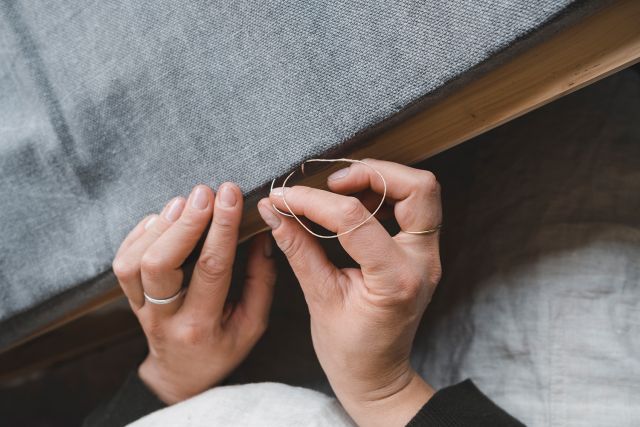
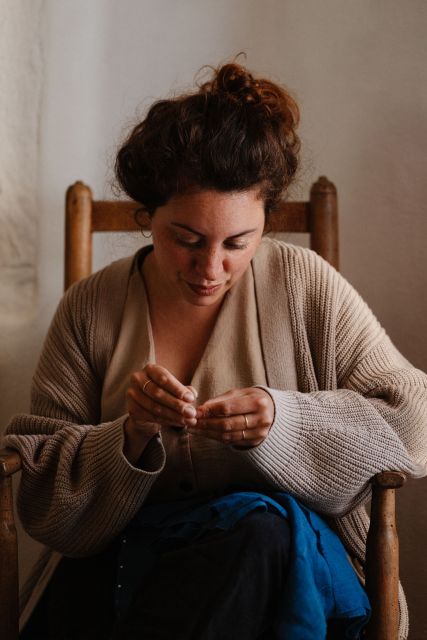
Pauline Clotail
- Textile dyer
- La Sauzière Saint Jean, France
- Rising Star
By appointment only
+33 624604609
Textiles as window decoration
- • Pauline works textiles by applying ancient Korean techniques
- • She uses only local ingredients to dye her fabrics
- • Her practice connects interior decoration and textile design
From upholstery to textile finishing and natural dyeing, Pauline Clotail explores her love for fabrics by combining different skills. Right after studying literature, she remembers thinking about her grandfather who was a watchmaker, and suddenly felt the desire to return to a profession that would reconnect her with materials and manual work. She therefore specialised in seat upholstery. Before long, her fondness for natural fabrics inspired her to learn the age-old techniques of plant dyeing. Today, Pauline brings these two disciplines together and concentrates her work on the creation of delicate net curtains made according to the Korean Bojagi method. Fine pieces of fabric are delicately sewn together, and when placed over openings, they gently play with the light.
Read the full interviewWorks
Photo: ©Emmanuelle Braun

Photo: ©Gabrielle Gayraud
This net curtain in white and natural shades has been made using an ancient Korean technique, Pojagi or Bojagi, part of the traditional art of patchwork. The thin fabric parts of rectangular shapes have been sewn together. The natural colour has been obtained by hand-dying using chestnut wood. Like a 'textile stained glass window', the transparency of the fabric creates an interplay of colour and light.

Photo: ©Gabrielle Gayraud
This white net curtain has been made using an ancient Korean technique, Pojagi or Bojagi, part of the traditional art of patchwork. The different linen voile parts have been delicately sewn together. In addition to the making of the composition, the textile was naturally hand dyed with walnut stain. Placed on a window to play with the light, the piece takes on the appearance of a 'textile stained glass window'.

Photo: ©Emmanuelle Braun
This natural blue linen voile has been dyed with indigo. The dye was made using a traditional North African recipe based on date syrup and henna.

Photo: ©Emmanuelle Braun
These natural-toned cushions are made from a thin linen. The fabric was hand dyed naturally using three plants: madder, sorghum and walnut. The cushion padding, also made by hand, was made from carded wool.





